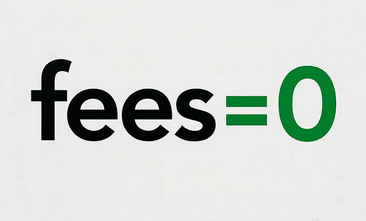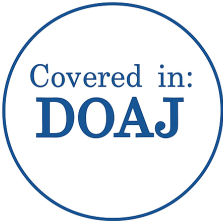Multi-Criteria Optimization of Complex Technical Systems
DOI:
https://doi.org/10.3849/aimt.01981Keywords:
complex technical systems, optimization, criterion, structure, objective function, scalarizationAbstract
The wide functionality and high structural complexity of modern technical systems necessitate the search for new, universal methods for their optimization. The article proposes a multi-criteria optimization method, which allows ranking competitive configurations of complex technical systems in terms of formalized and non-formalized expression of optimality criteria.
References
KATERYNCHUK, et al. Defining Rational Approach to Opto-Electronic Surveillance System Towers Placement. In: 2017 2nd International Conference on Advanced Information and Communication Technologies (AICT). Lviv: IEEE, 2017. https://doi.org/10.1109/aiact.2017.8020110.
SHYSHATSKYI, A., et al. Information and Control Systems: Modelling and Optimizations. Kharkiv: Тесhnology Сеntеr PC, 2024. https://doi.org/10.15587/978-617-8360-04-7.
BEKETOV, S., D. ZUBKOVA and S. REDKO. Comparison of Optimization Methods in Simulation Models of Complex Organizational and Technical Systems. Modeling Optimization and Information Technologies, 2024, 12(3), https://doi.org/10.26102/2310-6018/2024.46.3.027.
BONDARENKO, S. et al. Improving the State System of Strategic Planning of National Security in the Context of Informatization of Society. Journal of Information Technology Management, 2022, 14, pp. 1-24. https://doi.org/10.22059/jitm.2022.88861.
BRATKO, A., et al. Application of Simulation Modeling Means in Management Decision-Making within the Security and Defense Sector. Emerging Science Journal, 2021, 5(4), pp. 521-532. https://doi.org/10.28991/esj-2021-01294.
KATERYNCHUK, I., et al. Methodological Approaches to Assessing the Effectiveness of the Decision Support System for State Border Protection (in Ukrainian). Collection of Scientific Works of the Bohdan Khmelnytsky National Academy of the State Border Guard Service of Ukraine, 2022, 89(4), pр. 185-202.
YANG, S., et al. A Coupled Simulated Annealing and Particle Swarm Optimization Reliability-Based Design Optimization Strategy under Hybrid Uncertainties, Mathematics, 2023, 11(23), 4790. https://doi.org/10.3390/math11234790.
DEB, K. Multiobjective Optimization: Interactive and Evolutionary Approaches. Heidelberg: Springer, 2008. ISBN 978-3-540-88907-6.
SAWARAGI, Y., H. NAKAYAMA and T. TANINO. Theory of Multiobjective Optimization. Orlando: Academic Press, 1985. ISBN 0-08-095866-4.
SERVATYUK, V., D. ZAKHARCHUK and S. CASTELLAN. Peculiarities of the Organization of Operational and Service Activities of the State Border Guard Service of Ukraine. Social Development and Security, 2023, 13(1), pp. 23-28. https://doi.org/10.33445/sds.2023.13.1.3.
LU, S.C.-Y. and N.-P. SUH. Complexity in Design of Technical Systems. CIRP Annals, 2009, 58(1), рp. 157-160. https://doi.org/10.1016/j.cirp.2009.03.067.
KATERYNCHUK, I. and M. LYTVYN. Justification of the Method for Solving Problems of Multi-Criteria Assessment of Operational and Service Actions of State Border Guarding Bodies (in Ukrainian). Collection of Scientific Works of the Bohdan Khmelnytsky National Academy of the State Border Guard Service of Ukraine, 2009, 49(1), pp. 34-37.
GEVORKYAN, E.S. Fundamentals of Qualimetry: Lecture Notes (in Ukrainian). Kharkiv: UkrDUZT, 2022.
Downloads
Published
Issue
Section
Categories
License
Copyright (c) 2025 Advances in Military Technology

This work is licensed under a Creative Commons Attribution-NonCommercial 4.0 International License.
Authors who publish with this journal agree to the following terms:
1. Authors retain copyright and grant the journal right of first publication with the work simultaneously licensed under a Creative Commons Attribution License that allows others to share the work with an acknowledgement of the work's authorship and initial publication in this journal.
2. Authors are able to enter into separate, additional contractual arrangements for the non-exclusive distribution of the journal's published version of the work (e.g., post it to an institutional repository or publish it in a book), with an acknowledgement of its initial publication in this journal.
3. Authors are permitted and encouraged to post their work online (e.g., in institutional repositories or on their website) prior to and during the submission process, as it can lead to productive exchanges, as well as earlier and greater citation of published work.
Users can use, reuse and build upon the material published in the journal for any purpose, even commercially.






